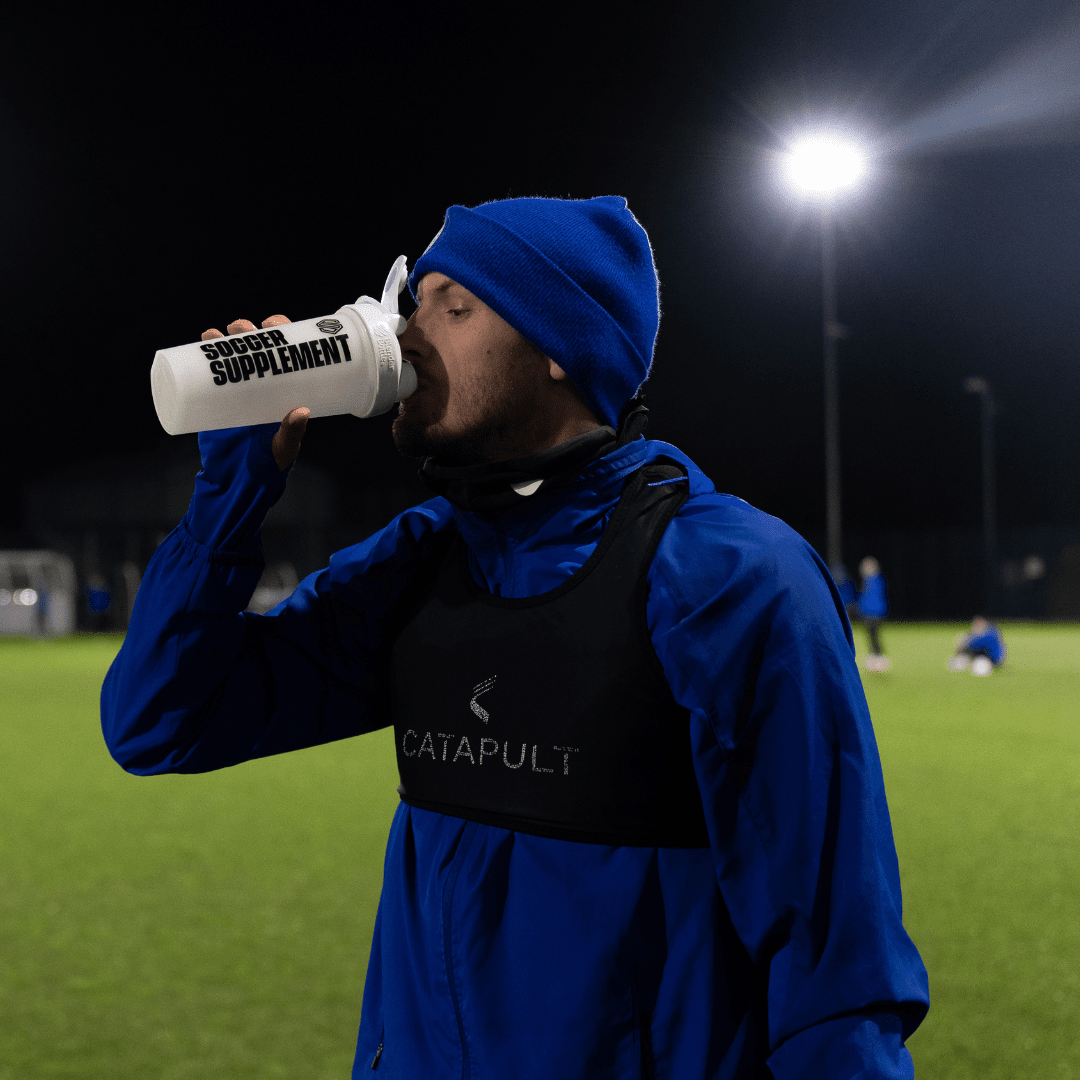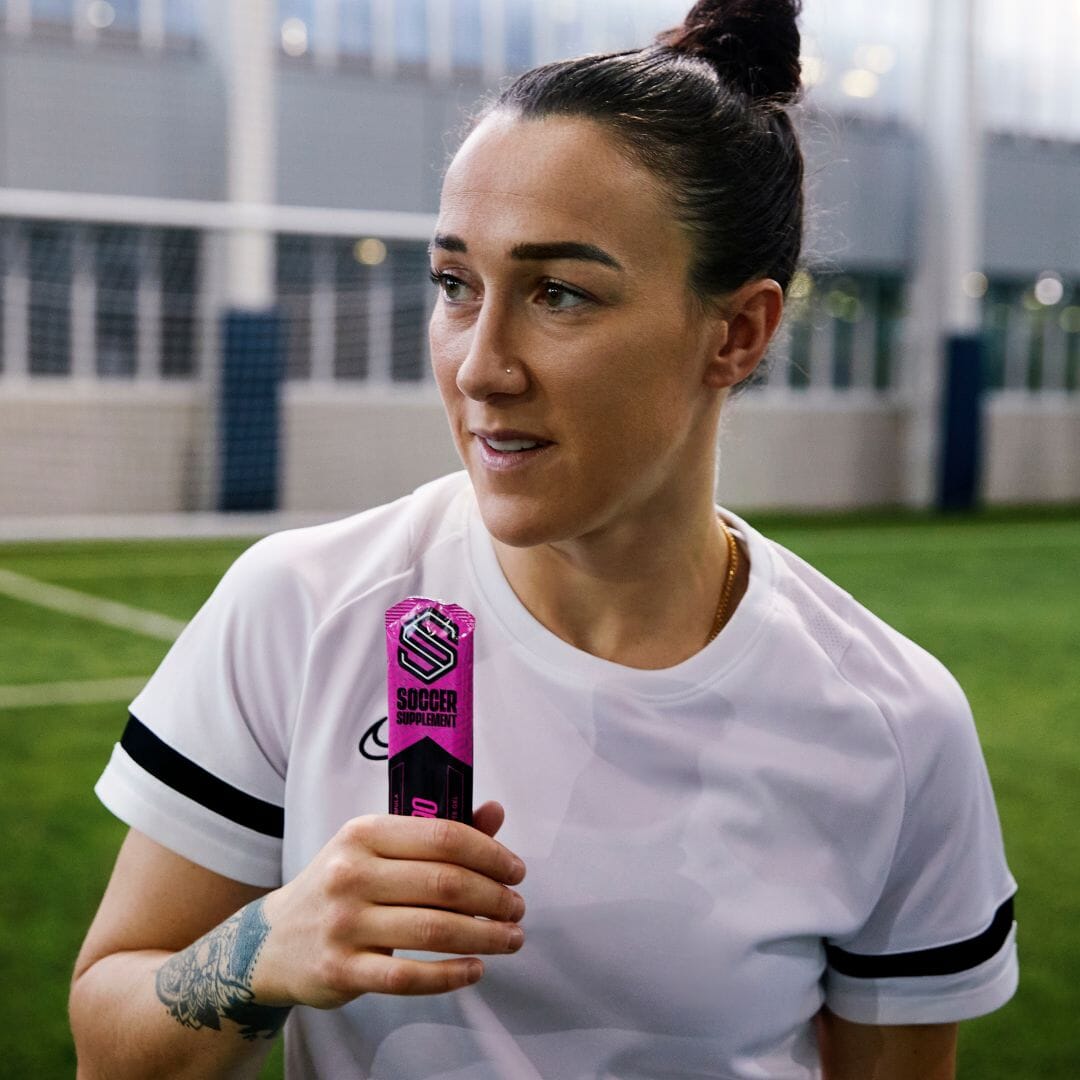
Adam Burton
Introduction
Despite advances in Sports Medicine, Sports Science and Strength and Conditioning, the number of non-contact lower limb injuries, such as hamstring strains, have actually shown annual increases (Ekstrand et al 2016). One possible explanation in the English Premier League is the increase in high-speed running (Barnes et al 2014). Whilst organisations are working tirelessly to develop strategies to minimise the number of injuries sustained, ultimately, they’re unavoidable. Therefore, organisations should also direct their resources towards developing an effective return to play strategy.
Although different injuries and players require bespoke return to play strategies, the philosophy and principles underpinning each strategy should be consistent. Using my experience from previous roles in professional football and my current role in rehabilitation, I would like to share an overview of my approach to return to play.

Profiling
My first strategy is to profile the player using various physical tests (strength, speed, power endurance… the list goes on!) that aren’t just specifically related to the injury. This allows me to identify strengths and weakness to inform program design. The data obtained from testing during the rehabilitation phase can be compared to a reference point, typically pre-injury scores. However, although this can be useful to monitor rehabilitation progress, my advice is not to be fixated on just achieving pre-injury scores. These scores may be the reason the player is injured in the first place, particularly if their physical characteristics don’t meet the requirements of the game.
Strength and Power Training
After profiling, I use the data to inform decisions around exercise selection. The stage of rehabilitation in addition to a player’s training history will determine the goals of the program; movement control, hypertrophy, max strength, power. My philosophy is to incorporate these elements globally, and not isolated to just the injured limb, using complex multi-joint exercises. For example, an ankle injury sustained from landing maybe caused by weaknesses in musculoskeletal structures at the knee, hip or torso. Furthermore, the profiling stage may also identify weakness not associated with the injury and thus adds further value to holistic strength and power training.

Conditioning
Prior to pitch-based conditioning, early and mid-stage rehabilitation will include bike, rowing and upper body circuits, amongst other modalities as a means of maintaining cardiovascular fitness and body composition. Once end-stage rehabilitation is reached and pitch-based conditioning starts, the player is at a crucial point and it’s important I get this stage right. I’ve been fortunate in my experience to have Global Positioning Systems (GPS) technology to guide my session design. The reference point I use in this situation is a player’s maximum output for a range of variables (speed running, accelerations, decelerations, changes of direction) obtained during competitive games. Throughout the end-stage process, I will look at achieving specific percentages of maximum up until the point where the player can perform at least their minimum game output. As a result, I will have exposed the player to a worst-case scenario, all be it in a controlled environment, prior to returning to training.
In conclusion, whether I’m working with a player who has an ankle, knee or hamstring injury, my approach to profiling, strength and power training and conditioning remains consistent. In future articles, I will discuss each of these elements in more detail.
References
Barnes C, Archer DT, Hogg B, Bush M, Bradley PS (2014). The evolution of physical and technical performance parameters in the English Premier League. Int J Sports Med 35:1-6.
Ekstrand J, Walden M, Hagglund M (2016) Hamstring injuries have increased by 4% annually in men’s professional football since 2001: a 13-year longitudinal analysis of the UEFA Elite Club injury study. Br J Sports Med 50:731-737.






